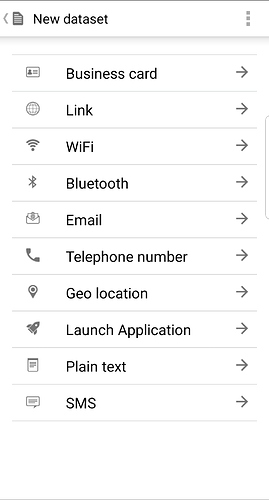I imagine you have done your research, so just to clarify for you
At the moment, the SIID is capable of 2kB storage, but currently only able to utilize 1kB until DT work-out a couple of bugs with NXP.
With regards to your “issue”, It really depends on what you WANT to do with it and if you want to futureproof yourself.
Personally I would rather have “spare” storage and not need it than need it and not have it.
A simple way to use up that spare storage is to increase the size of your contact photo/icon on your business card.
Larger Image, Higher quality image, or personally I would increase the size of my business card with a winking ![]() Deadpool .gif
Deadpool .gif

There are other great implants you can choose with less storage, but I get it if you want the blinky
You will see whatever dataset you have created in the NDEF section
Are you suggesting you would store the password on your SIID as a reminder?
Otherwise, How would you choose which record to read?
As a solution, I would suggest you could use the UID as your login password either pre or post your word, numbers or phrase that you change every 30days in conjunction with a KBR1 reader, which needs no software or drivers
